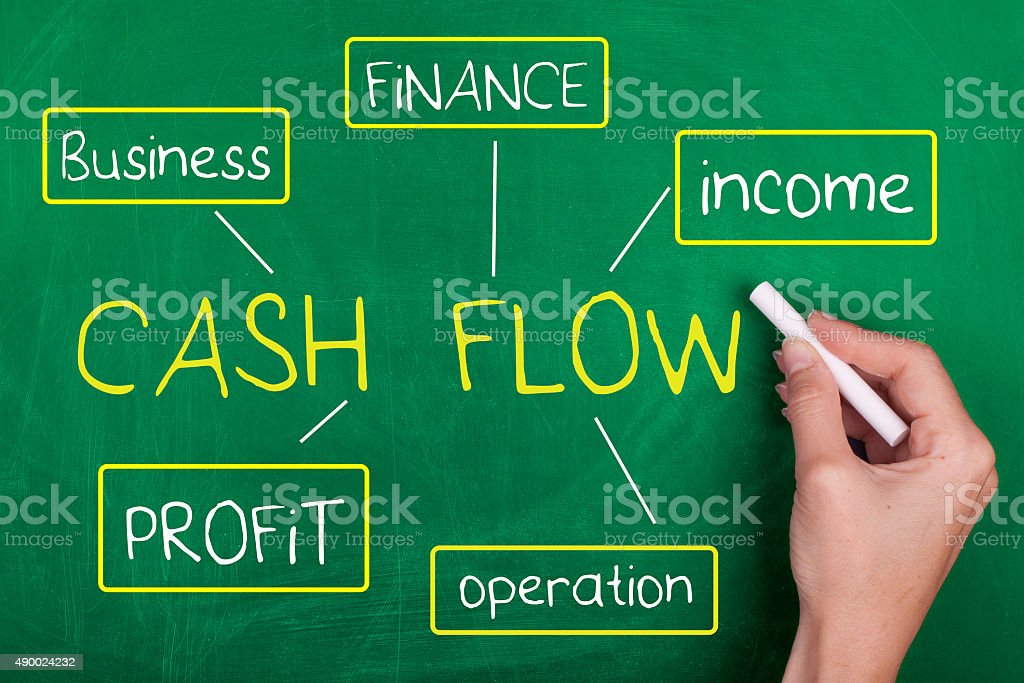
Google Ads for Startups is a term you have probably heard. However, do you know how they can be used effectively? Here are some tips on budgeting, cost-per -click bid, conversion rate and retargeting. This article will give you a crash course on Google Ads for startups if you are unsure of where to begin. You'll learn how you can create and maintain ads, as well how to use conversion track to improve your results.
Budgeting
Budgeting Google Ads can have many benefits for startups. It's much less expensive than SEO. SEO is an effective way to establish a strong web presence. Google Ads can be setup to make your company appear immediately in the SERP. Google Ads is flexible in pricing. You can choose the budget that works best for your overall marketing budget, since you only pay when people click through your ad.
Before budgeting Google Ads in startups, it's important to understand the total cost. The goal of your ROI, or return-on-investment, should be to maximize it. Calculate the cost per acquisition as well as the lifetime value of each customer to ensure that you don't overspend. Google AdWords will allow you to spend around a third (or less) of your CLTV. Spending more than that will make it look like you're printing money and not increasing your sales.
Cost-per-click bid

A startup is a business that needs to be aware of its costs in order to make the most of its marketing budget. Google ads usually cost between two and five dollars per click. Google offers higher bids, but you need to be aware of the costs associated with advertising for your company before you begin promoting it on the internet. A startup's cost-per-click bid for Google ads will likely be more than its competitor's. The keyword that you are targeting can also affect the cost-per click bid.
Google Ads is a great tool to generate quality leads. It is a low-cost way to test your ad copy and find what works best for your startup. It's also free to run test campaigns often, which is crucial for startups. Google Ads offers another benefit: you can find people who are interested in your product. Instead of trying attract them with an appealing ad you will be targeting people who already have expressed interest in your product.
Conversion rate
There are many methods to improve Google Ads conversion rates, but one of the most efficient is to test and analyse your ad copy. It is important to constantly test different copy in order to increase conversion rates. Not only can copy affect the results, but so does your ad’s location. To test landing pages that work well for your ads, if they are primarily online, you can try different ones in different locations.
The industry is the first thing to consider. The lowest conversion rates are found in finance and ecommerce, which are two of the highest performing industries. You can still make more money if your industry has a high conversion rate than startups in other industries. The good news? E-commerce's average conversion rate is 2.9%. The same goes for younger customers. Your conversion rate might be higher if your target audience is younger.
Retargeting

Retargeting allows you to reach customers that have visited your site but never purchased anything. Google uses a pixel-based system that notifies Google when someone visits your website, and then re-displays ads on their screens when they search for similar terms. Small businesses can benefit greatly from retargeting ads because they work automatically. There are two types of retargeting ads on Google. Each type of retargeting ad uses a different strategy in order to increase the chance of getting customers.
Retargeting marketing originated in eCommerce and is used in all industries. This concept is new to startups but is highly effective in getting more out of your current initiatives, and breaking into new markets. Retargeting is a popular tool in the startup world. Here are just some:
FAQ
Why should I do content marketing?
HubSpot claims that "the average person spends nearly 2 hours per day consuming content on social media, in their newsfeeds while reading magazines, browsing the internet, and listening to podcasts. This is a lot of content consumption!
How can content marketing be measured for success?
There are several ways to gauge the effectiveness of content marketing efforts. You could track the number and quality of visits to your website. Or, you could see how many leads were generated.
How do you make content that is good?
The best content should be engaging, informative, and shareable. The best content will have a clear call for action. This could be a link or button that allows readers sign up for a trial, read more about your product, or order something from your site. It's also important to include visuals in your content so that it can easily be shared across all media types.
How do you measure success with content-marketing?
There are many different ways to evaluate the effectiveness your content marketing strategy.
Google Analytics is one of the best measurement tools. This tool will allow you to see from where your targeted traffic comes and the pages they visit most often.
It also gives you an indication of how long each visitor stayed on your site before leaving.
This information can be used by you to improve your content, get people's attention, keep them engaged longer and make it more appealing.
This is another way to determine the success rate of your content-marketing efforts.
Are my new subscribers getting any value out of my email newsletters? What proportion of my mailing list has become paying members? How many people have clicked on my landing page to convert? Are click-throughs more successful than other types of conversions?
These are all important metrics to track, monitor, and report on over time.
A great way of measuring content marketing success is to examine the number people share your content via social networks.
You should start now if you haven't. It could mean the difference between being seen and unseen in your industry!
What is Content Strategist?
A content strategist assists brands in telling stories by crafting compelling messages that connect with their audiences emotionally. They are storytellers, who use brand stories to inspire and motivate people to make decisions and take action.
Content strategists can create strategies that are engaging for current and future customers. Data analytics and storytelling are used to create experiences that encourage consumers to shop in stores, purchase products, and then share the excitement with others online.
They also know how to integrate social networks into these campaigns. And they use technology tools such as video and virtual reality to deliver powerful customer experiences.
Content strategists are responsible for translating ideas into tangible plans that marketers can execute. This includes creating content that can be used on different media (such as television or print), and developing creative briefs. Budget management is also an important part of the job.
How does content marketing differ from traditional advertising?
Traditional advertising is focused on attracting attention. Content marketing is about providing value. Traditional advertising is often a waste of money because most people ignore it. You'll get much better engagement rates with content marketing.
Why is content important?
Every digital marketing campaign must include content. If you want to attract new customers, then you need to create valuable content for them. Blogs are the best way of doing this. Blogging can help you build authority in your field, making you more trustworthy. Trustworthiness creates credibility which can lead to higher search engine ranking. And when you rank high, you get traffic from organic searches.
Statistics
- This marketing strategy landed Ford a 15.4% conversion rate. (neilpatel.com)
- Progress indicators (0–100%) allow each team member to see how attainable each goal is and understand what remains to be accomplished. (semrush.com)
- To further show the importance of this, 89% of people have stopped doing business with a company because of a poor experience. (neilpatel.com)
- Measure your goals with a progress indicator of 0-100%. Make your goals collaborative and transparent (semrush.com)
- According to research compiled by Coschedule: Companies that publish 16+ blog posts a month get as much as 3.5x as much traffic as those that publish 0-4 posts a month. (criteo.com)
- An example of an overarching goal could be: "In 2022, we want to achieve a 20% increase in revenue created by organic content and generate 15,000 MQLs with a budget of $30,000." (semrush.com)
- Forty-seven percent of buyers view 3 to 5 pieces of content before engaging with a sales representative. (mailchimp.com)
- Out of the 1,500 marketers we surveyed for our State of Content Marketing report, 78% who felt their content marketing strategy was exceptionally effective in 2021 had documented their strategy. (semrush.com)
External Links
How To
What Is A Content Marketing Plan?
A content market plan (CMP), a strategic document, helps you identify your goals, objectives, strategies, and methods for building and executing your online presence. It is a guideline for achieving those goals through content creation, distribution, and other means.
The CMP can be broken down into three areas:
-
Your overall strategy. What do you want?
-
Your content strategy - Where will you find the right people to write, curate, and distribute your content?
-
The tactics you'll use to execute your strategy - Which channels will you use to share your content? And what types of content will you produce?
These four components make up an effective CMP:
-
Goal Setting – Define your target audience. Set measurable KPIs that will measure success.
-
Audience Research – Get to know your ideal customers and where to find them.
-
Strategy – Create a clear vision for where you are going. You can then break it into smaller pieces.
-
Execution - Set realistic expectations around when you expect to see results from your efforts.